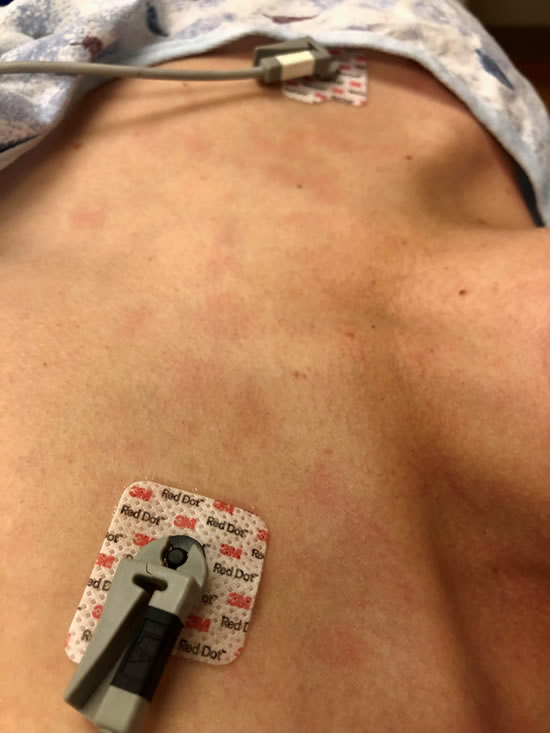By Sue Kost, MD
While preparing a sedation talk for a group of fellows recently, I took a look at the literature around propofol use in kids with food allergy, in particular egg, soy, and peanut allergies. In an old version of a standard sedation talk, I had included a phrase something like “use propofol with caution” in the setting of food allergy. The concern was based on the theoretical possibility that a bit of egg white protein mixed in with the lecithin or soy protein mixed with the soybean oil in the propofol emulsion would trigger anaphylaxis. Within the past couple of years, new evidence suggests that I could revise that statement to “don’t worry”. In fact, the American Academy of Allergy, Asthma, and Immunology (AAAAI) published a statement in September 2020 letters stating in big, bold lettering that soy- and egg-allergic patients can be given propofol safely.
Literature supporting a lack of serious risk includes a review of the SPS’s Pediatric Sedation Research Consortium (PSRC) data by Hertzog, et al.(1), and a direct evaluation of propofol use in children with known food allergies by Sommerfield, et al.(2), both published in 2019. Dr. Hertzog and colleagues reviewed the PSRC database over a 5-year period (2011-2016) for cases of allergic and anaphylactic reactions. Of the 227,833 sedation cases entered during that period, they found 54 documented allergic reactions (roughly 1 in 4000), and only 6 of those 54 experienced anaphylaxis (about 1 in 40,000). Five of the 6 patients with anaphylaxis had received propofol; only one of the 5 had a prior history of egg-allergy. The vast majority of the database cases (190K) received propofol. Dr. Sommerfield compared a group of 304 food-allergic children (allergic to egg, peanut, or soy) to a control group of almost 900 allergy-free patients, all of whom received propofol. They found that 3% of the allergic group and 14% of the control group experienced symptoms consistent with possible allergic reaction (cough, stridor, wheeze, tachycardia), but no patient required epinephrine and all recovered. One patient in the allergic group, with a history of egg and intralipid allergy, developed facial swelling, felt to represent a true allergic reaction, and he was successfully treated with steroid and antihistamine.
Another sedation scenario that sometimes prompts concern for allergy involves not propofol, but ketamine. In my experience, IV ketamine quite commonly results in an erythematous, macular, morbilliform “flush” involving the face and upper chest, especially apparent in fair-skinned individuals. I’ve witnessed this phenomenon dozens of times, have never treated it, and have always found it to spontaneously resolve. Surprisingly little is written about this side effect in the sedation literature.
I’ll conclude my musings with both an observation and a question. The observation: I’ve witnessed only two true anaphylactic events in 25 years of sedation practice, both associated with CT contrast. In both situations (one patient sedated, the other not), the sedation team handled the response. In my current role, the sedation team is expected to respond to contrast reactions, whether or not it’s a “sedation patient”. I’m curious if this role of “contrast monitor” is commonly assigned to the sedation team in other places.
Feel free to share your comments or questions, your “allergy in the sedation world” experiences, or suggestions for future blog topics in the space below. Thanks for reading!
References
- Hertzog JH, Preisberga K, Penfil S. The Incidence and Nature of Allergic and Anaphylactic Reactions During Pediatric Procedural Sedation: A Report from the Pediatric Sedation Research Consortium. Hosp Pediatr. 2019 Jan;9(1):16-23.
- Sommerfield DL, Lucas M, et al. Propofol use in children with allergies to egg, peanut, soybean or other legumes. Anaesthesia 2019, 74, 1252–1259.


